Photo by Cristina Arrigoni
When Nils Lofgren listed his first batch of gear on Reverb back in March, his entire inventory sold out almost immediately. This week, Nils is back with a fresh crop of 150 pieces for round two of the Official Nils Lofgren Reverb Shop.
The 150 pieces of gear featured in this second installment represent a well–curated illustration of his almost five–decade–long career performing solo, with his band Grin, and as a a member of Crazy Horse, Ringo Starr & His All-Starr Band, and the E Street Band.
Nostalgic and historically significant pieces from Nils’s life are also included, like the very first accordion he took lessons on when he was six years old and the Marshall rig he was inspired to purchase after his band Grin opened for the Jimi Hendrix Experience on his 19th birthday.
Nils's new inventory will be available for purchase starting on Thursday, May 4. We caught up with Nils again to hear the stories behind some of the gear he’s set to part ways with.
Nils Lofgren Official Reverb ShopI noticed you included a Fender Lace Sensor pickup set and old pickups from a ‘64 Strat with some pickup guards and noiseless stuff. Do you consider yourself a tone tinkerer who modifies guitars to try and hone in on a specific sound?
Yeah, but I’m not that anal about it. I have a couple of ‘61 Strats that I was on the road with professionally in ‘68 and as an amateur in the mid–’60s. I had an enormous hum problem with the original Strat pickups, especially once I started going to Europe.
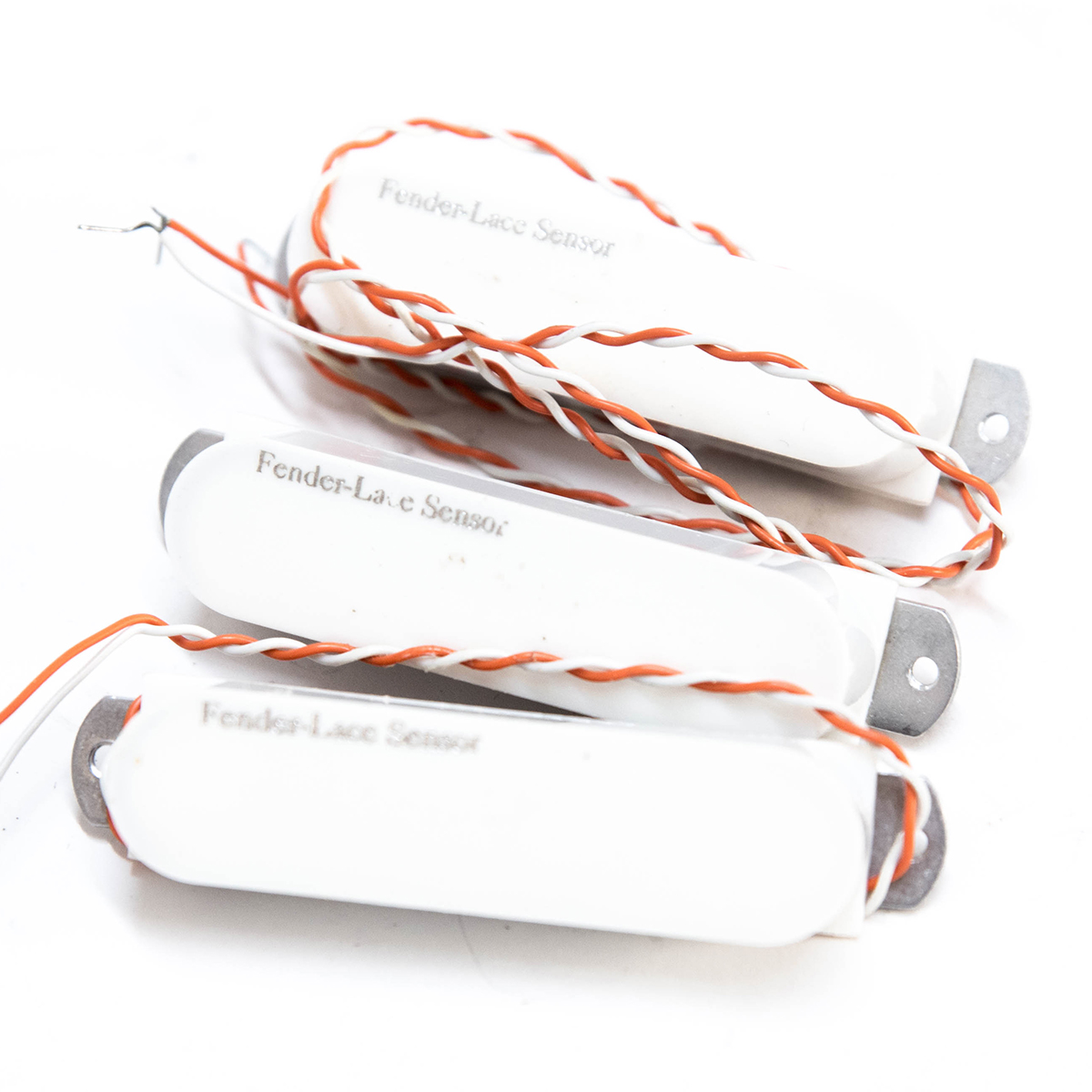
Fender Lace Sensor pickup set owned by Nils Lofgren
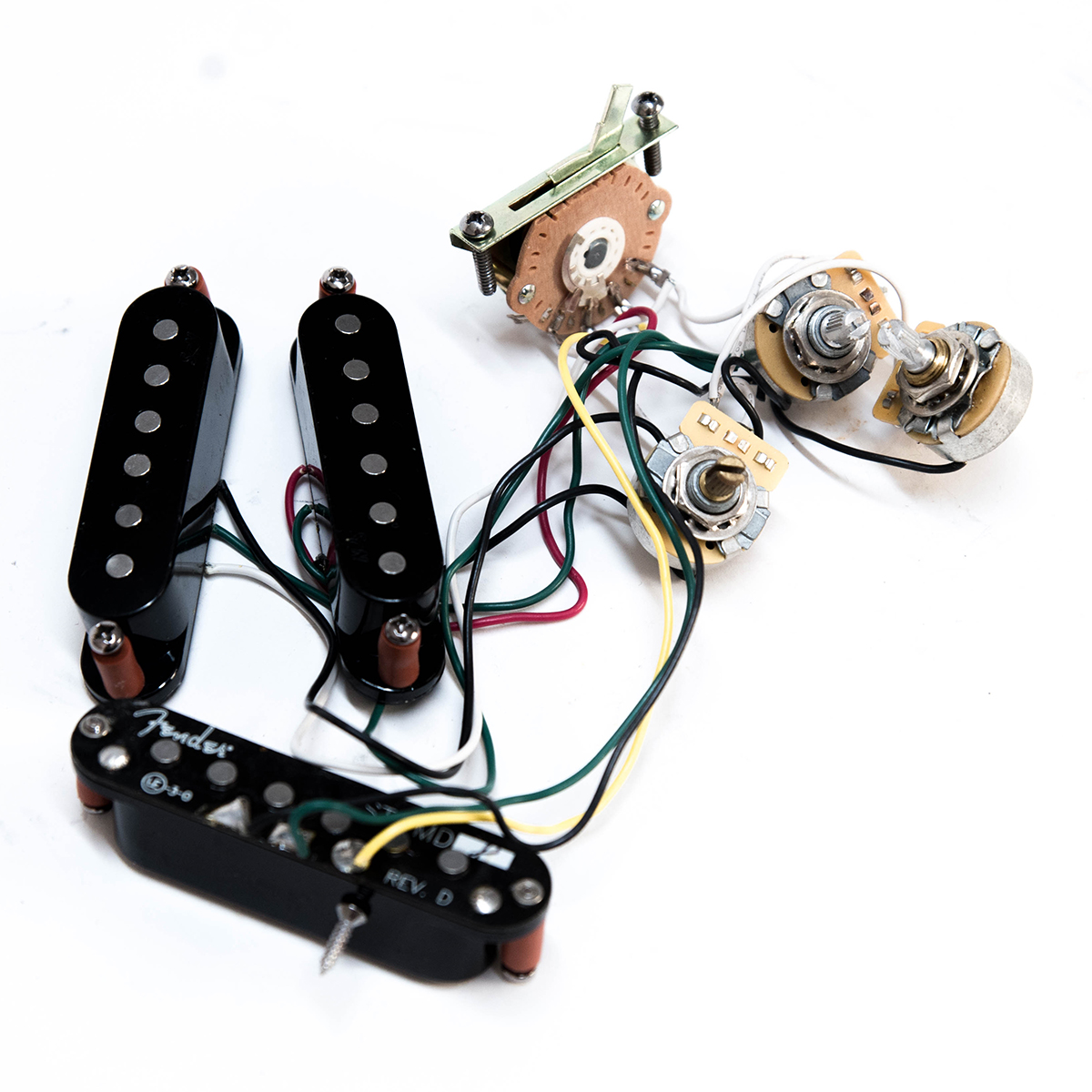
Fender pickup set owned by Nils Lofgren
We would literally tape a giant X on the wall at every venue. I knew that when the band broke down, and I wanted to do something a little more intimate, I could aim the guitar at the X for some of my least hum–filled moments.
So all of the pickup switching was initially me working to get the Strat–like sound I loved without all of the hum.
I’ve never heard of that X trick, but man, what a great trick to pass along. Every single guitar player that I know of who has ever played a single coil guitar has had that issue. But let’s talk a little bit about effects. I see a ton of Boss effects on here, some DigiTech stuff, some Dunlop, some DOD stuff. How do you choose what to put on your board?
I’m not a big R&D guy. But over the years, I’d use a sound effect du jour — whether a delay or reverb or flange or chorus — until someone turned me onto something different. Every five or ten years, I’d be exposed to different sounds that might be a little cleaner or less noisy.

Boss OD-2 Turbo Overdrive owned by Nils Lofgren
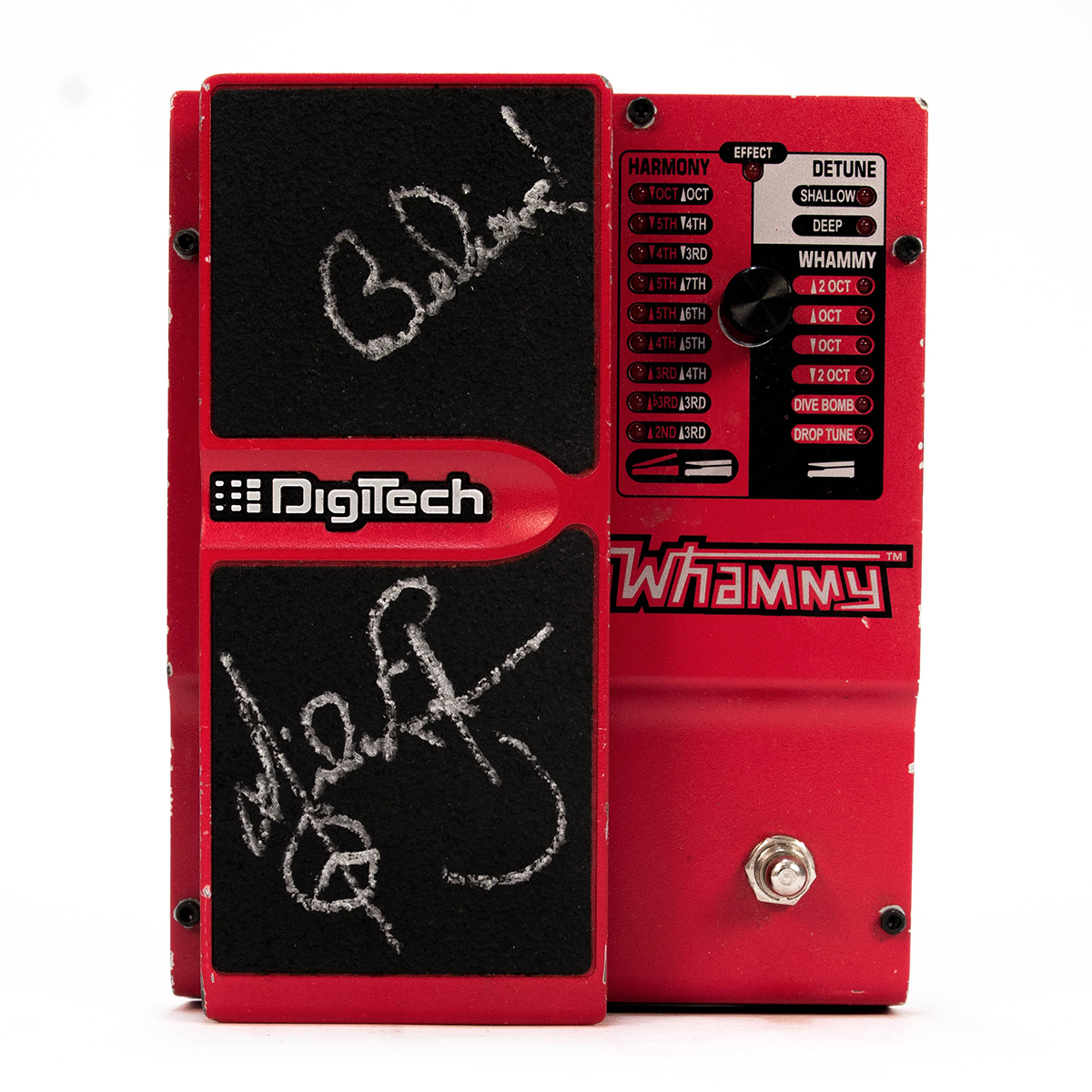
DigiTech Whammy owned by Nils Lofgren
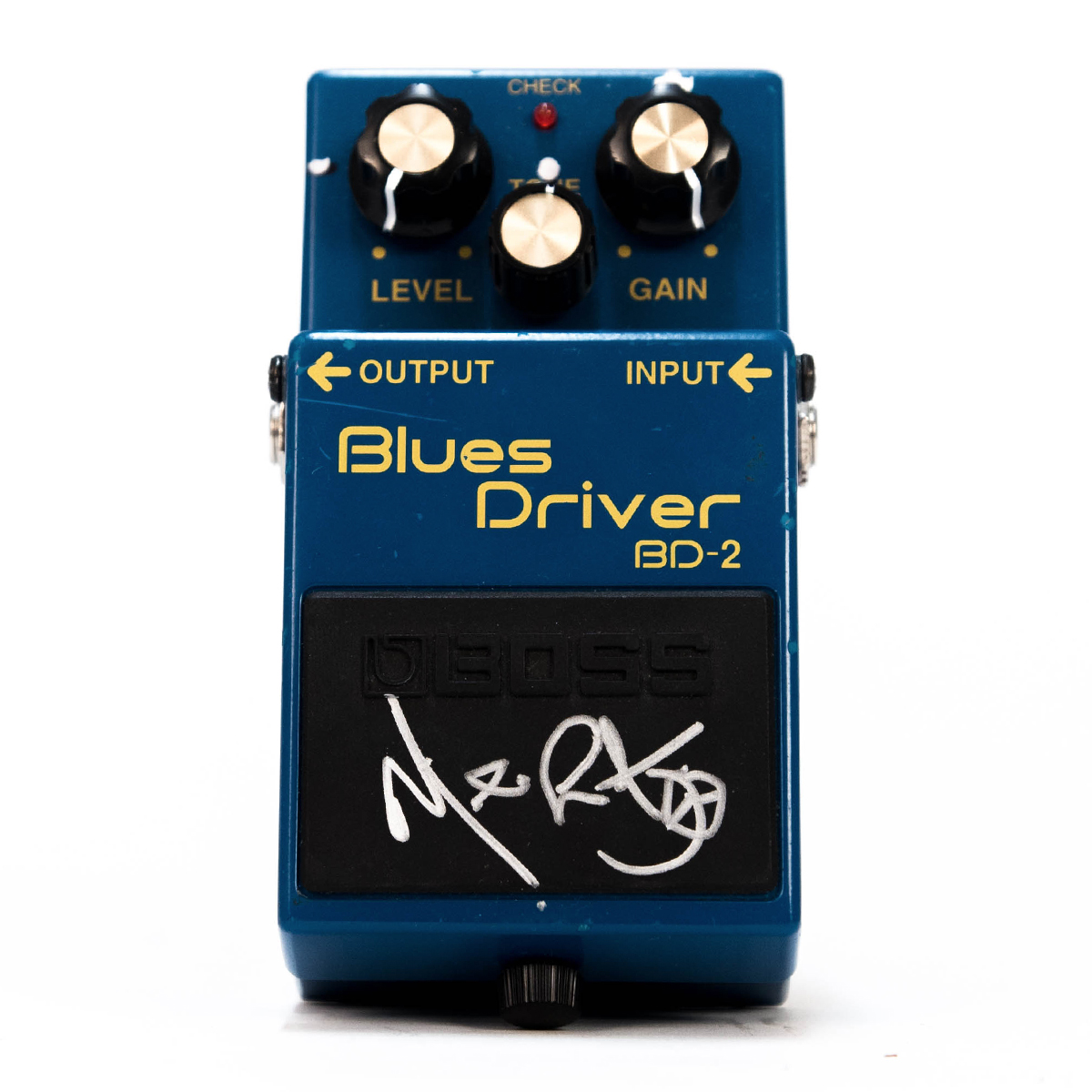
Boss BD-2 Blues Driver owned by Nils Lofgren
After stringing many, many Boss pedals together, it got so noisy that I forced myself to learn the [Roland] GP–8 and some programming. It gets silly having fifteen pedals linked together.
I would often find something I liked and buy three of it so I would always have a backup. But fast forward to today and it’s like, what am I doing with all this stuff? I don’t have a museum, so why don’t I pass these things along to someone who might appreciate the history and the sound and make good use of it?
The piece that I gravitated to more than anything else that I saw come off of the truck was that ‘65 Princeton Reverb.
It was probably in the ‘70s that I acquired most of that vintage stuff. Back then, I was bouncing between LA and Maryland, and a lot of this stuff is from my fleet of instruments in Maryland.
The Princeton was a great little amp for small places. There was a buddy of mine who had this little ‘50s–style rockabilly trio that would play all the Moose Lodges, VFWs, and these kind of out–of–the–way places.
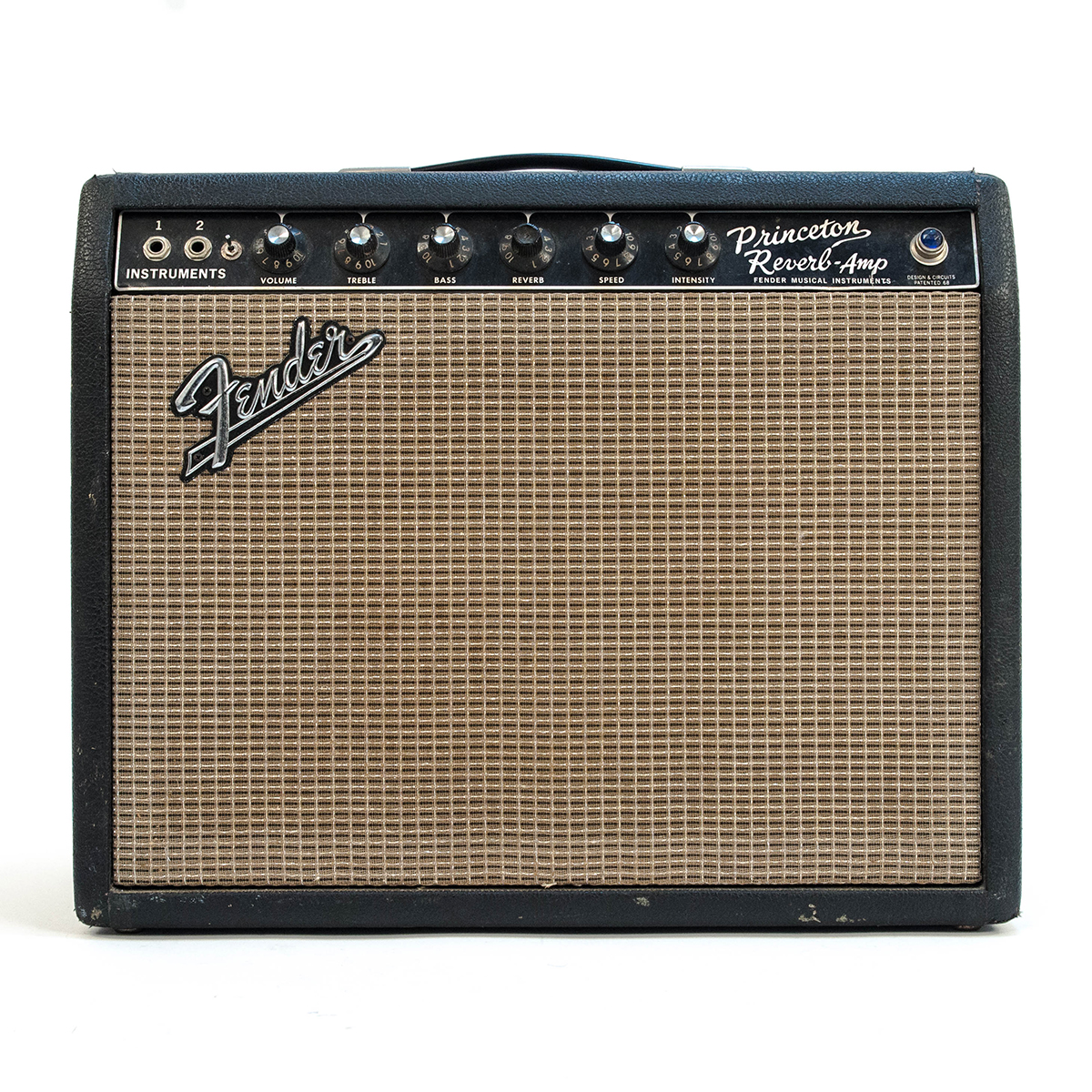
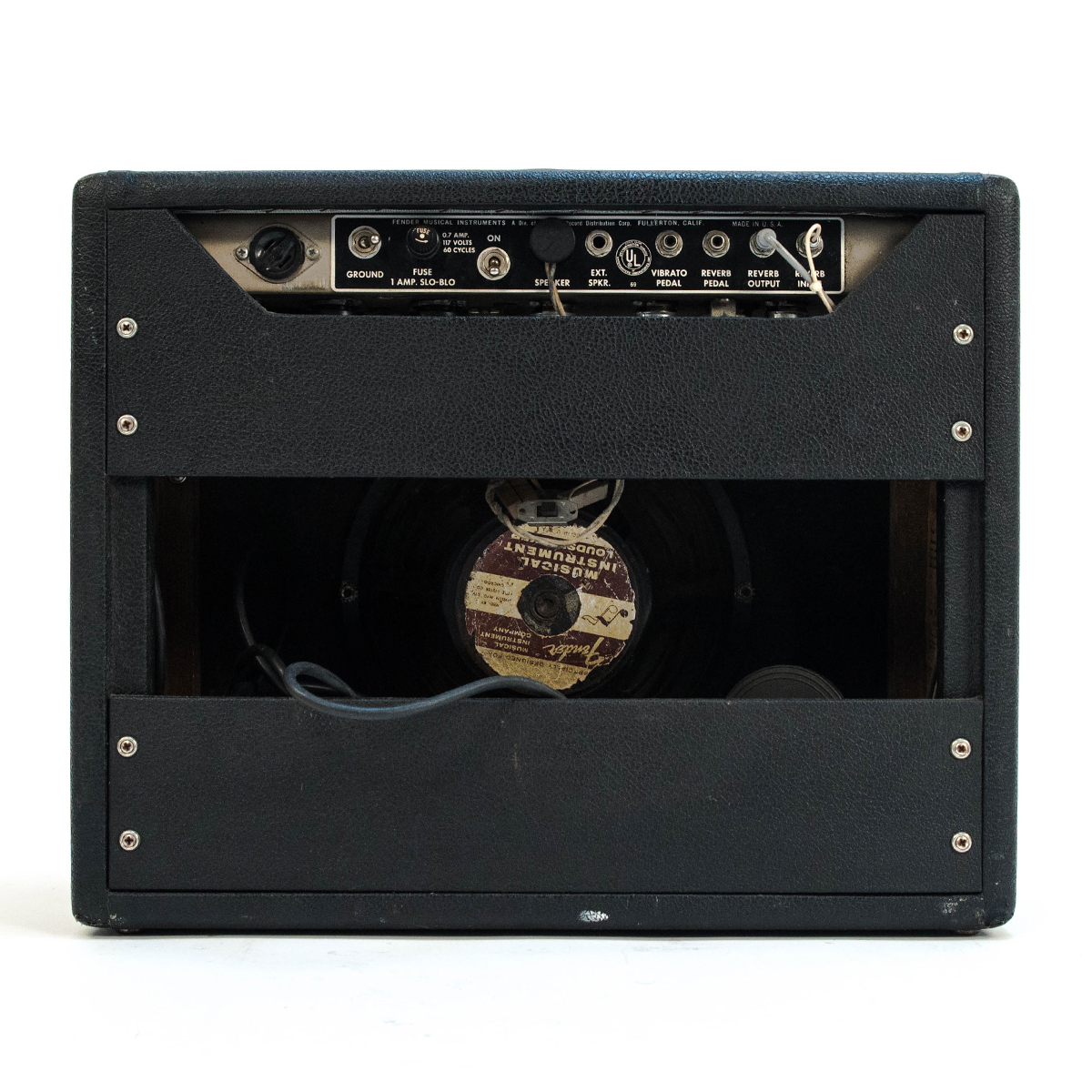
Fender Princeton owned by Nils Lofgren
I would tag along and sit in with them, which was great because I love that genre of music but rarely get to play it. I would bring the Princeton with a delay pedal — very bare bones. A tiny amp like the Princeton was great because we weren’t the center of attention, we just provided the music. Everyone was talking, drinking, and dancing.
So is it more like the Twins and the Boogies that you were using on tour with the Boss?
I started using the Mesa comp on The Tunnel of Love tour in ‘88. I think it’s a Mark 3. I had a friend, Jim Hanley (who was one of these amp wizards), soup it up to sound warmer. I used it for a lot of my club work.
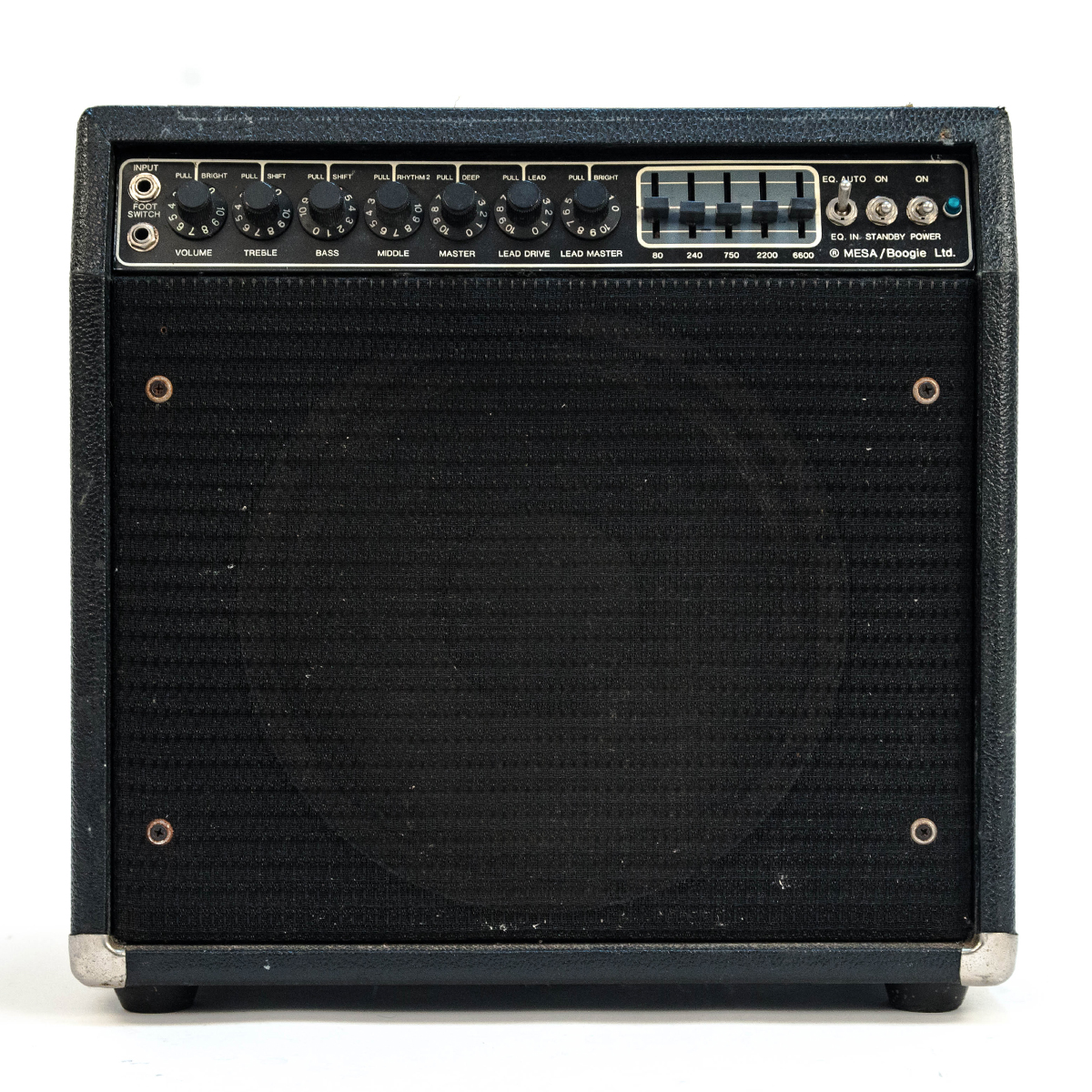
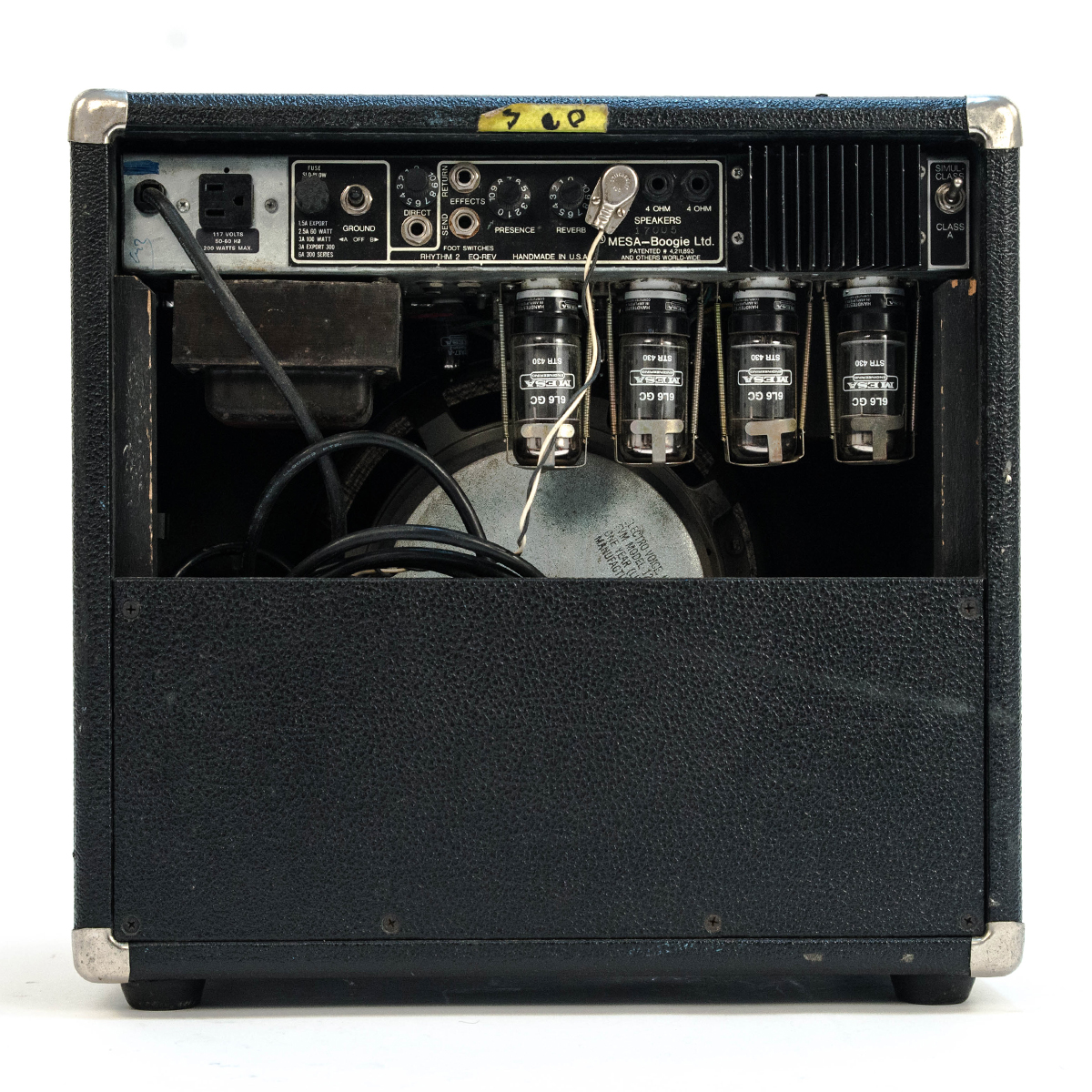
Mesa/Boogie Mark III owned by Nils Lofgren
When I’m in the studio setting, I’ll usually go for the smaller amps. But I do use the Mark 3 in a lot of sessions for many of my solo records and also for sessions with the E Street Band, like live and in the studio.
There are a few things in your shop that I wasn’t expecting to see, like the Yamaha DX7 and the pedal steel.
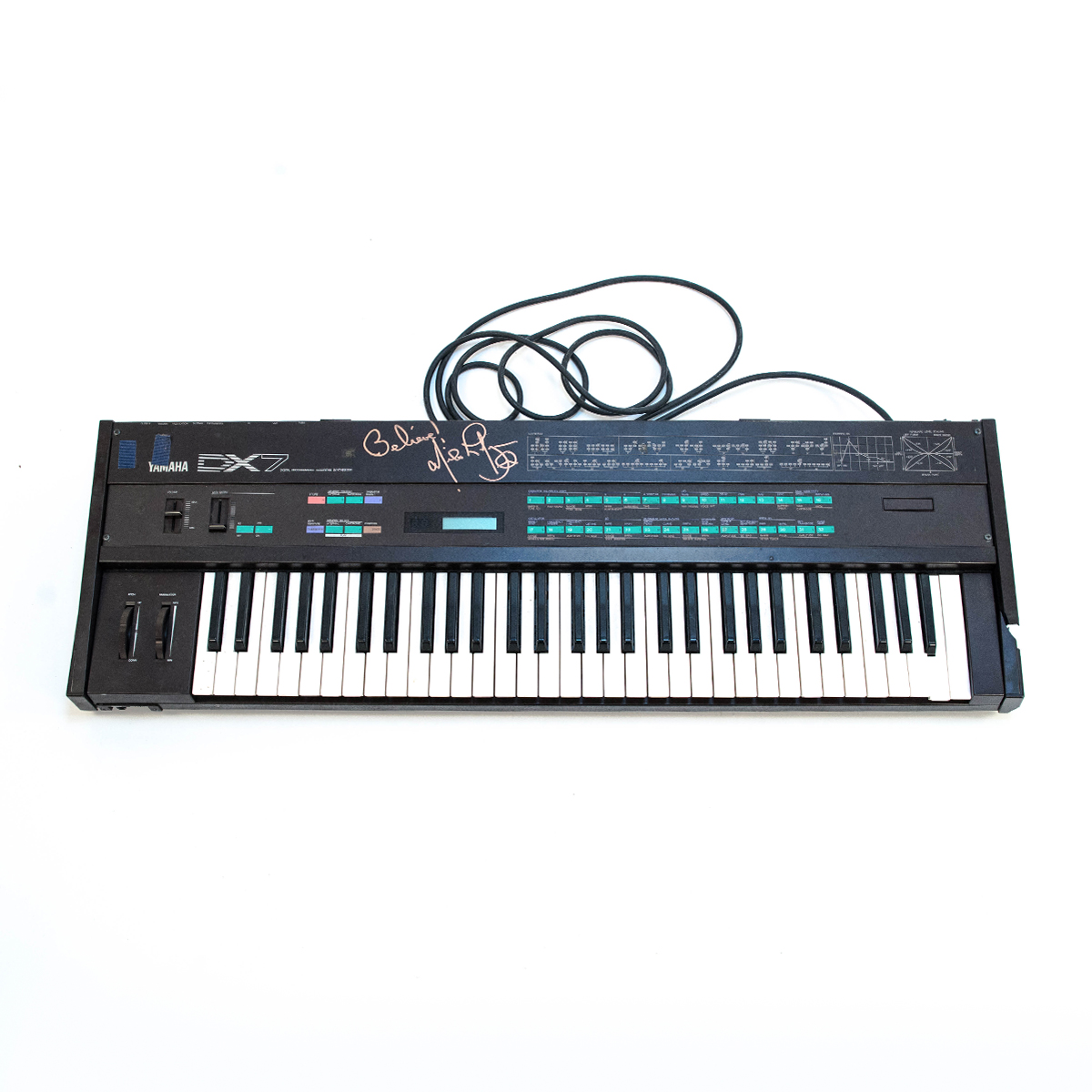
Yamaha DX7 owned by Nils Lofgren
That Yamaha DX7 is from way back after Grin broke up, when I was doing a lot of solo work and my brother Tommy was in all of my bands. It was the go–to synth when it came out in the ‘70s [sic], and he got really well–versed in using it and playing it on all of my tours. We had it on top of one of those old CP-80 pianos.
Tommy did a lot of programming and custom–made a lot of the sounds. When I went to pull it out of the garage, I dropped the damn thing and chipped the side. Fortunately, the sound is all good. I still cursed myself out for about three hours, though.
The story behind that pedal steel is interesting. On the reunion tour in ‘99, when E Street got back together and was going to play for the first time in 11 years, Bruce had a memory of me or Steven playing pedal steel, which is incorrect. Neither one of us did.
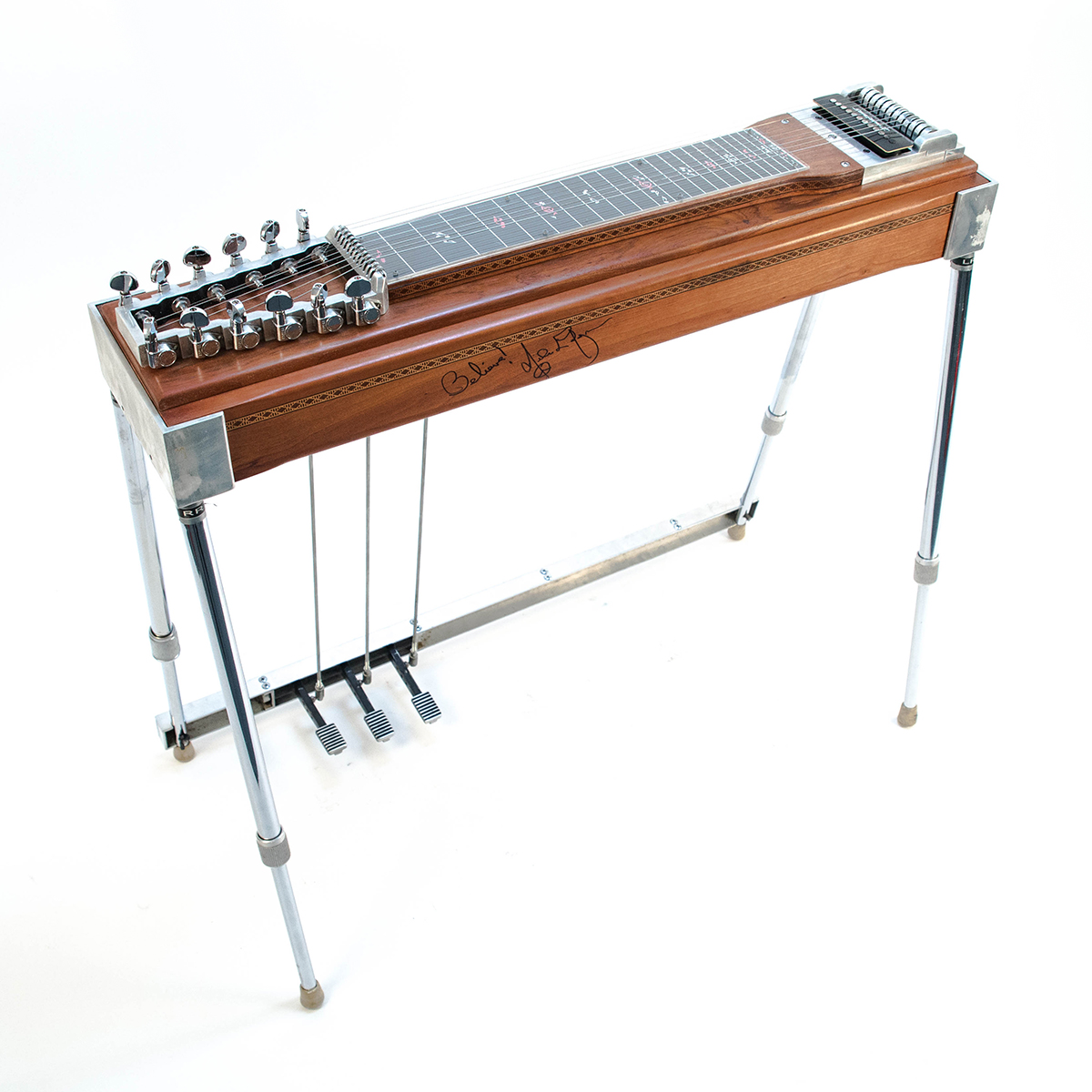
Pedal Steel owned by Nils Lofgren
But we both started trying to simulate the pedal steel sound for Bruce’s parts. I used my volume swells, and Steven started working with the B Bender.
But I just didn’t feel like my best imitation of some of the pedal steel parts cut it or sounded authentic. So I called Neil Young’s main guitar tech Larry Cragg for advice, who I had worked with in the early days with Neil on the road and who is a great pedal steel player himself.
He said that he had this beautiful old wooden pedal steel with four or five knee levers and the A, B, and C pedals. He talked me through it's features over the phone, sent it to me, and then I bought it from him. It was the first pedal steel I had ever touched. I used it in all the E Street rehearsals to get ready for the tour.
I remember setting it up in our home in Arizona and then playing a lick that, at the time, was the only one I knew. My wife, amazed, said “Oh my God, you’re playing the pedal steel.” Then, after eight hours of practicing the same lick, she came into the room and asked if I could play something else because I was driving her insane. Thus, my second steel lick was born.
I also see a few accordions here. Can you talk about those?
Yeah, I’ve got about eight or nine accordions now. That 12 bass red accordion I sent you is the very first accordion I ever started on in 1956 or ‘57. I was actually going to start lessons when I was five years old, but I got hit by a car. Nothing too bad, but I had to postpone my first lesson until right after my sixth birthday.
Then when the teacher decided we needed to move on, I got that white 120 bass accordion. I was so young and little that it would just hang between my legs with my chin just barely over the top.

12 bass red accordion owned by Nils Lofgren
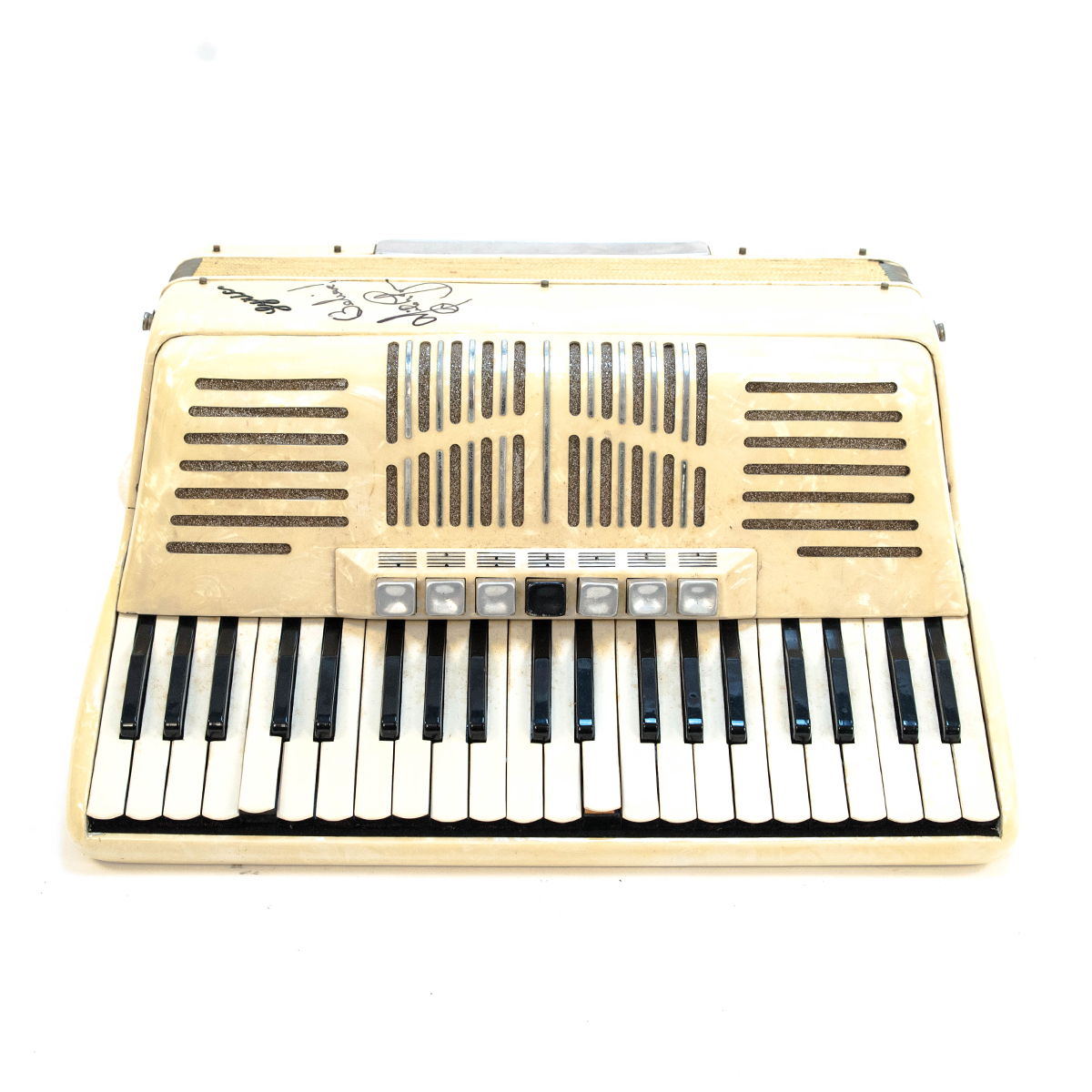
120 bass white accordion owned by Nils Lofgren
Those two accordions are so much a part of how I started learning music. The incredible backdrop of almost nine years of classical accordion studies was really the only reason that I was able to hit the road at 17 as a guitar player with Grin.
I mean, that led to me getting to open for the Jimi Hendrix Experience three times and getting to meet him in 1970 when I opened for him with Grin on my 19th birthday.
All of those accordions need tuning and some repair, but they’re wonderful instruments with so much history and led to so many things. As with all of this gear, I finally wanted to pass them along to someone who might play them and add to that history.
Nils Lofgren Official Reverb Shop